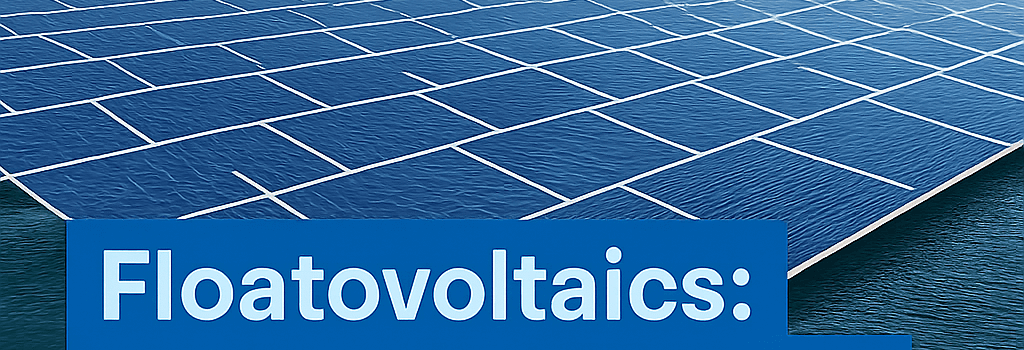Floatovoltaics: A Solution for the Colorado River Basin

Innovative Canal Canopies Meet Floating Solar Arrays
About 33 miles south of Phoenix, Interstate 10 bisects rows of photovoltaic (PV) modules that snake alongside a canal on the Gila River Indian Community (GRIC) reservation. Installed in late 2024, these monocrystalline-silicon panels (400 W each, 20 percent efficiency) rest on high-density polyethylene (HDPE) floats, forming the first large-scale canal canopy in the United States. By shading water with a 3,000 ft array, GRIC engineers have documented evaporation reductions of up to 30 percent, according to preliminary SCADA data.
Next Phase: Floating Solar on West Side Reservoir
This September, GRIC will break ground on a 20 MWp floating PV system covering nearly 60 percent of its new West Side Reservoir. Anchored with tensioned marine-grade cables and using corrosion-resistant aluminum frames, the project—funded by a $6 million Inflation Reduction Act grant—aims to conserve over 200 acre-feet of water annually while generating carbon-free power for pumps, gates, and tribal facilities.
Technical Specifications and Performance Monitoring
- Module Type: 72-cell monocrystalline panels, 400 W, anti-reflective coating
- Buoyancy System: Modular HDPE floats, 800 kg buoyancy per unit
- Anchoring: Seaflex elastic mooring lines to absorb wave action
- Electrical: 1,500 Vdc string inverters, remote monitoring via SCADA
- O&M: Automated robotic cleaning and infrared hotspot detection
Cost-Benefit and Lifecycle Analysis
Floating solar carries a 15–20 percent capital-cost premium over ground‐mounted arrays, driven by specialized floatation and mooring hardware. BloombergNEF data show that LCOE for floatovoltaics in the U.S. ranges between $45–55/MWh, compared to $35–45/MWh for land-based systems. However, when accounting for water‐value savings—estimated at $1,000–3,000 per acre-foot in Arizona—the net benefit improves markedly.
Environmental Trade-offs: Beyond Evaporation Savings
While shading reduces solar-driven evaporation, recent Cornell University research (Jan 2025) warns of elevated CO₂ and CH₄ emissions in covered ponds when coverage exceeds 70 percent. Aquatic ecologists caution that altered thermal stratification and reduced oxygenation may stress fish populations. GRIC’s project will integrate dissolved-oxygen sensors and periodically lift panels to maintain aeration.
Policy and Future Incentives
Despite NREL’s 2024 study projecting 15 GW potential on Lake Powell and 17 GW on Lake Mead, federal water agencies report no formal floatovoltaic proposals to date. Colorado’s 2023 legislation, however, estimates 407,000 acre-feet of annual savings if 100,000 acres of reservoirs were covered—an initiative under consideration by the Colorado Water Conservation Board. Congressional bills introduced in April 2025 propose granting Reclamation long-term power purchase agreements to de-risk floatovoltaic developers.
Future Prospects and Scaling Challenges
- Scalability: Engineering studies must refine anchoring designs for variable wind loads up to 100 mph.
- Grid Integration: Balancing floatovoltaic output with hydropower dispatch requires advanced forecasting algorithms.
- Regulatory Hurdles: Water rights, recreation impacts, and environmental reviews can extend timelines by 12–24 months.
“Floatovoltaics represent a critical diversification of our energy mix and a tangible method to mitigate water loss in an arid West,” said Prateek Joshi, research engineer at NREL.
Conclusion: A Paradigm Shift in Western Water Management
As drought intensifies and millennials drive demand for both water and clean energy, GRIC’s pilot projects could serve as a blueprint for other states and tribes. With next-generation floats, real-time satellite monitoring, and supportive federal policies, floating solar may soon become a mainstream tool in the Colorado River basin’s conservation toolkit.